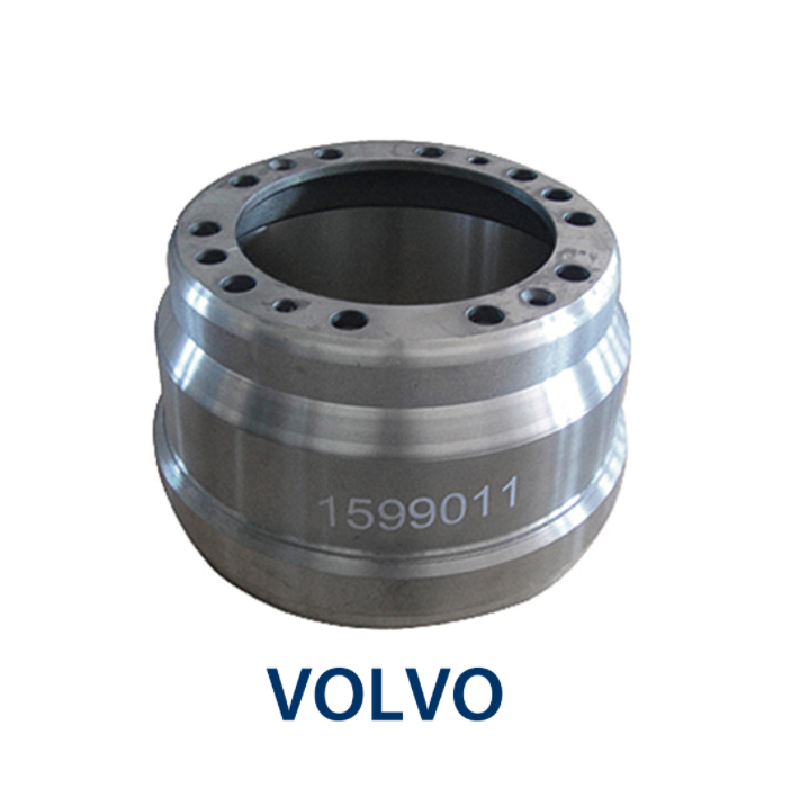Dec . 16, 2024 20:34 Back to list
disc brake drum brake
Disc Brake vs. Drum Brake An In-Depth Comparison
When it comes to vehicle braking systems, two primary types stand out disc brakes and drum brakes. Each system has its unique design, advantages, and disadvantages, resulting in different performance characteristics and suitability for various applications. Understanding these differences can help drivers appreciate the technology behind their vehicles and make informed choices about brake maintenance and upgrades.
Design and Operation
Disc brakes consist of a flat circular disc, typically made of steel or carbon composite, mounted on the wheel hub. When the driver presses the brake pedal, hydraulic force is applied to brake pads that clamp onto the disc, creating friction that slows the wheel down. This system is generally located on the front wheels, although rear disc brakes are becoming increasingly prevalent in modern vehicles.
On the other hand, drum brakes feature a hollow, cylindrical drum that rotates with the wheel. Inside the drum, there are brake shoes lined with friction material. When the brake pedal is pressed, hydraulic pressure forces the shoes outward against the inner surface of the drum, generating the friction needed to slow down the vehicle. Drum brakes are often found in older cars and in some budget-friendly models, usually on the rear wheels.
Performance and Efficiency
One of the main advantages of disc brakes is their superior performance in terms of heat dissipation. Since the disc is exposed to air, it can cool down more quickly than drum brakes, which are enclosed. This allows disc brakes to sustain consistent performance during prolonged use, such as during aggressive driving or in hilly terrain. They are less susceptible to brake fade, where reduced effectiveness occurs due to overheating, making them a preferred choice in high-performance and heavy-duty vehicles.
disc brake drum brake

Conversely, drum brakes can struggle with heat dissipation. In heavy braking situations, excessive heat can lead to brake fade, compromising the effectiveness of the brake system. However, drum brakes have a unique advantage in certain situations. Their design allows for self-locking characteristics, which can lead to better power during emergency stops at lower speeds. Additionally, the enclosed nature of drum brakes provides better protection against water and debris, making them suitable for specific environments, particularly in older vehicle designs.
Maintenance and Durability
When comparing maintenance needs, disc brakes typically require more attention than drum brakes. Disc brake pads tend to wear out faster than drum brake shoes due to their direct exposure and the nature of their operation. Regular inspection and replacement of pads are essential, and owners should plan for this in their vehicle maintenance routine.
In contrast, drum brakes usually require less frequent adjustment and maintenance. The internal mechanism of the drum brake can often last longer than brake pads, as they do not wear out as quickly. However, when drum brakes do require maintenance, such as replacing shoes or servicing the assembly, it can be more labor-intensive than with disc brakes.
Cost Considerations and Applications
From a cost perspective, drum brakes are generally less expensive to manufacture and install, making them a common choice for budget vehicles. However, the performance benefits and improved heat dissipation of disc brakes have led to their increasing presence across a wider range of vehicles, including sedans, SUVs, and trucks.
In summary, both disc brakes and drum brakes have their distinct advantages and drawbacks. Disc brakes provide superior stopping power, better heat management, and improved performance overall. They tend to be favored in modern vehicles, especially those built for performance and safety. Conversely, drum brakes may remain in use for their cost-effectiveness, durability, and unique characteristics in specific applications. Ultimately, understanding the fundamental differences between these braking systems can empower vehicle owners to make informed decisions regarding maintenance, upgrades, and driving safety.
-
HINO Industrial Solutions - ¡Ң���ຽ��е��������˾ | Advanced Technology&Reliability
NewsJul.13,2025
-
HINO Industrial Efficiency-Jiangsu Hino Industrial|Productivity Optimization&Cost Reduction
NewsJul.12,2025
-
HINO-¡Ң���ຽ��е��������˾|Advanced Industrial Solutions&Energy Efficiency
NewsJul.12,2025
-
Premium Brake Drum Iveco – Durable Drum Brake Drum & Brake Shoe Solutions
NewsJul.08,2025
-
High-Performance Brake Drum Liza for Enhanced Safety Reliable Drum Brake Drum & Brake Shoe Solutions
NewsJul.08,2025
-
High-Quality Brake Drum MAZ – Durable Drum Brake Drum & Brake Drum and Brake Shoe for Optimal Performance
NewsJul.07,2025
